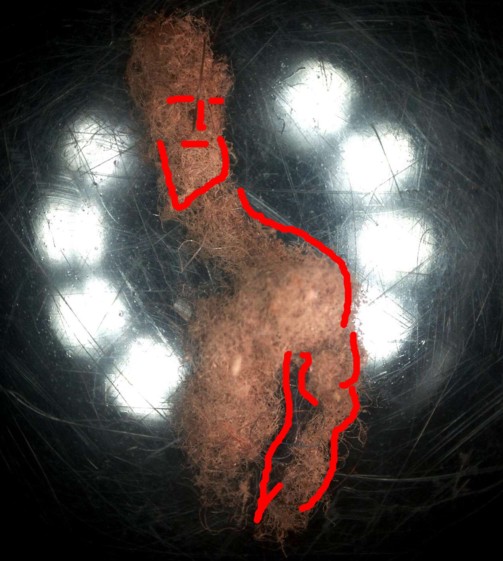

29 september 2022
John Bjarne Grover
There is the famous mystery with the word 'zidalweidun' in 'the Schenkungs-Urkunde which claims to be from AD 996. If it is swindle, how did they manage to make people believe that it was historic truth which they could not put aside?
There are 1578 alphabetic letters in the document and the word 'zidalweidun' is the letters 535-545. I computed by way of my blue metre PEB that if it were written in 996 it should have been from the end of PEB #129 to the beginning of PEB #132. Appr. 0,666 through this is on line 6 in PEB 131. I made a blue-metre dating of the Odyssey and it turned out to run in such a perfect parallel to mine that I could conclude that the Odyssey certainly could have been used as a blue metre in itself. Looking up the exact point of 0,666 through this parallel alignment with my book landed it on Odyssey book 5 line 205 - the words
σὺ δὲ χαῑρε καὶ ἔμπης
= 'you should anyhow have a farewell [for the journey home]" - hence 'say it at the way done'. Hence it is likely that the constructors of the 'Schenkungs-Urkunde' could have used the Odyssey as a blue metre for the alleged historic year of writing AD 996 and constructed such fabricated 'blue ecstasy' in that way. Could be that is how they constructed the other swindle cases as well, such as the Decameron - if that is not authentic italian but some foreign 'fabrication'?
καὶ ἔμπης suggests also a reinterpretation 'kjempes' = 'giant's' - see this possibly ex nihilo (the girl to the left) and see how Odysseus seems to be present in her mind (and I could perhaps also notice the name of octogon #3 as potentially relevant):


My official father 'John Grøver' told in probably the 1970's that the Bergen composer Harald Sæverud - whose piano piece 'Kjempeviseslåtten' = 'Ballad of revolt' is well known - had a big house in Bergen with a number of toilets - the house was therefore by folks around called 'Kjempefiseslottet' ('giant farting castle'), as he told. This 'joke' could have served to suggest such a link to the quote "σὺ δὲ χαῑρε καὶ ἔμπης" from the Odyssey - even if that does not have to mean that Sæverud knew the possible link to 'zidalweidun' when he put the title to the piano piece. The title is perhaps a little strange - why that 'vise'? - but could perhaps have had normal natural reasons.
(Would the rest of Odyssey book 5 line 205 tell something?)
30 september 2022:
News 1, news 2 (photo), news 3 (map).
(Kråkebolle - source).
Source:
Homer: The Odyssey. Transl. by A.T.Murray. Loeb series, Harvard University Press 1984.
© John Bjarne Grover
On the web 29 september 2022
Last updated 30 september 2022